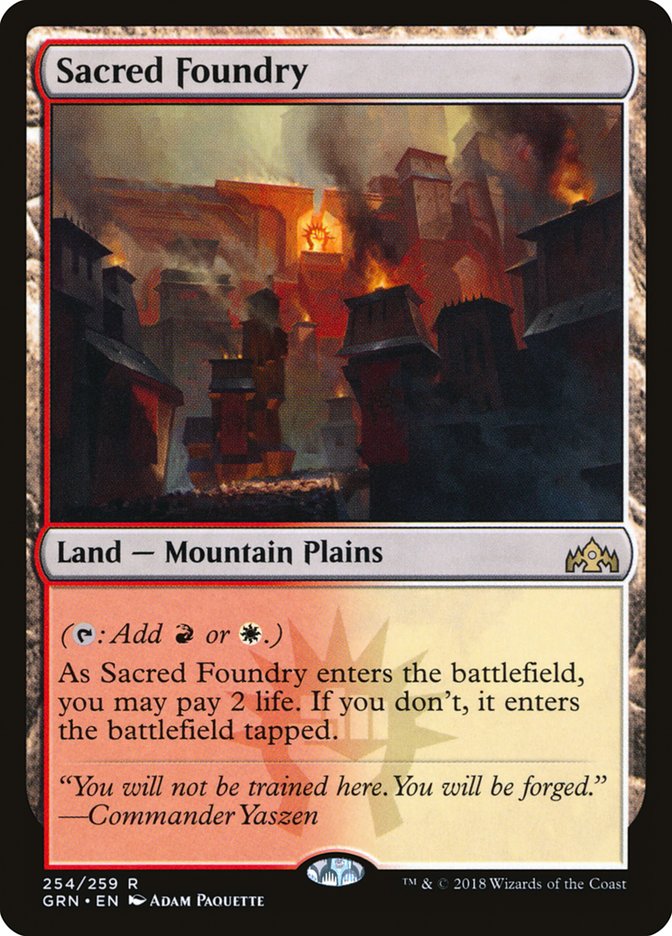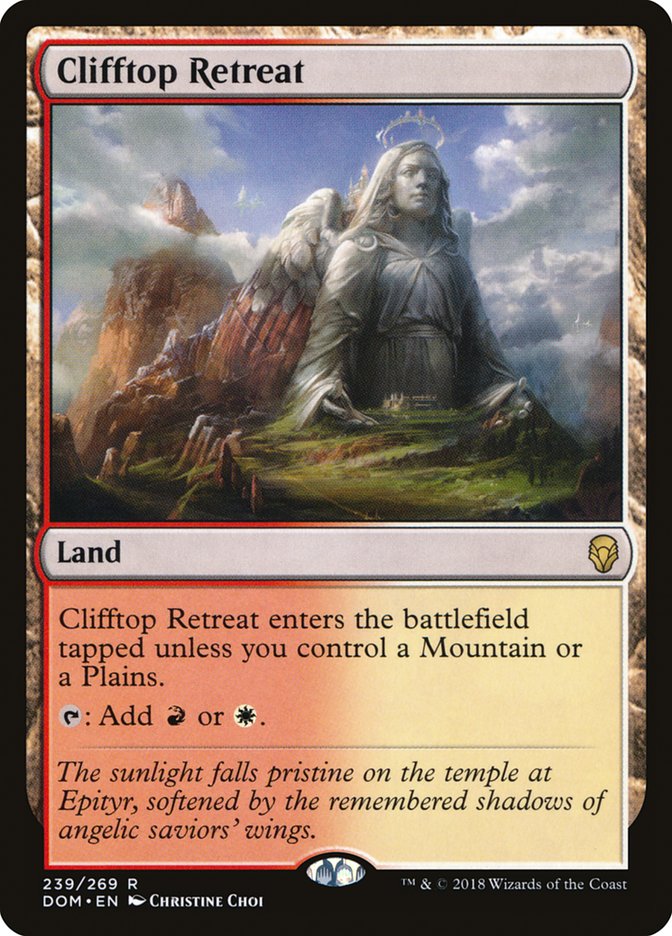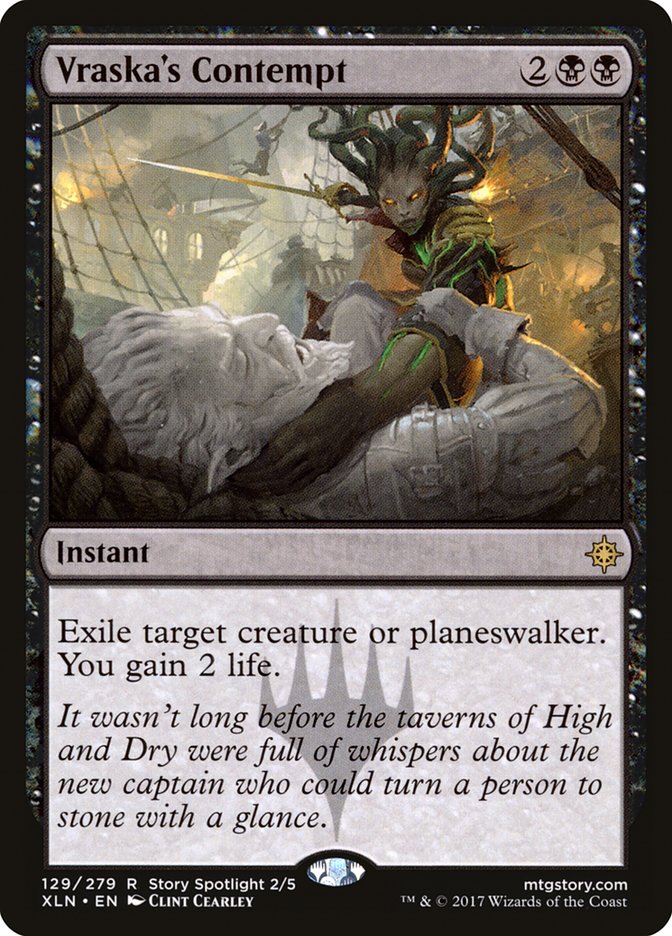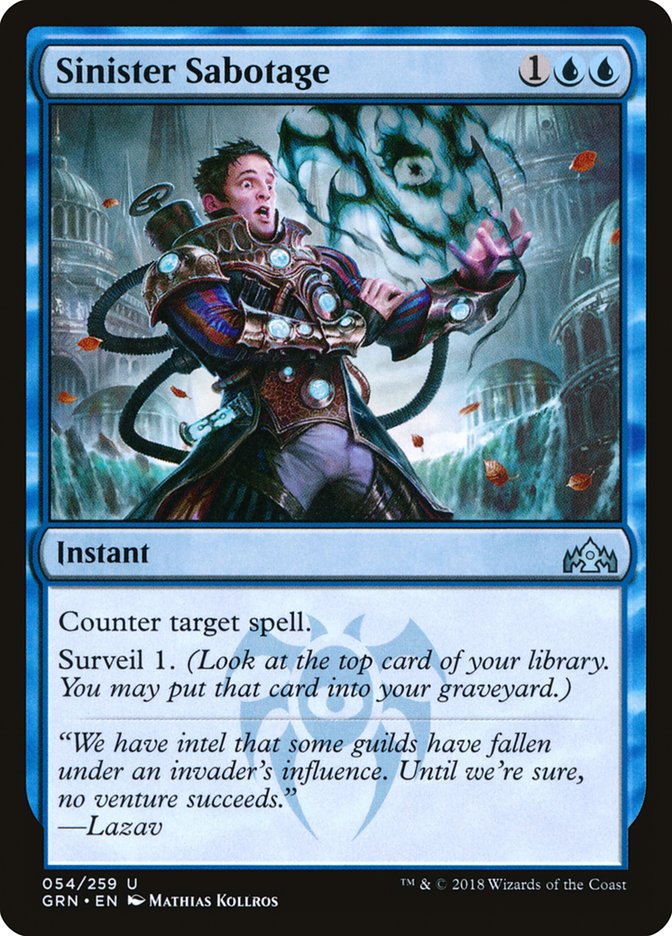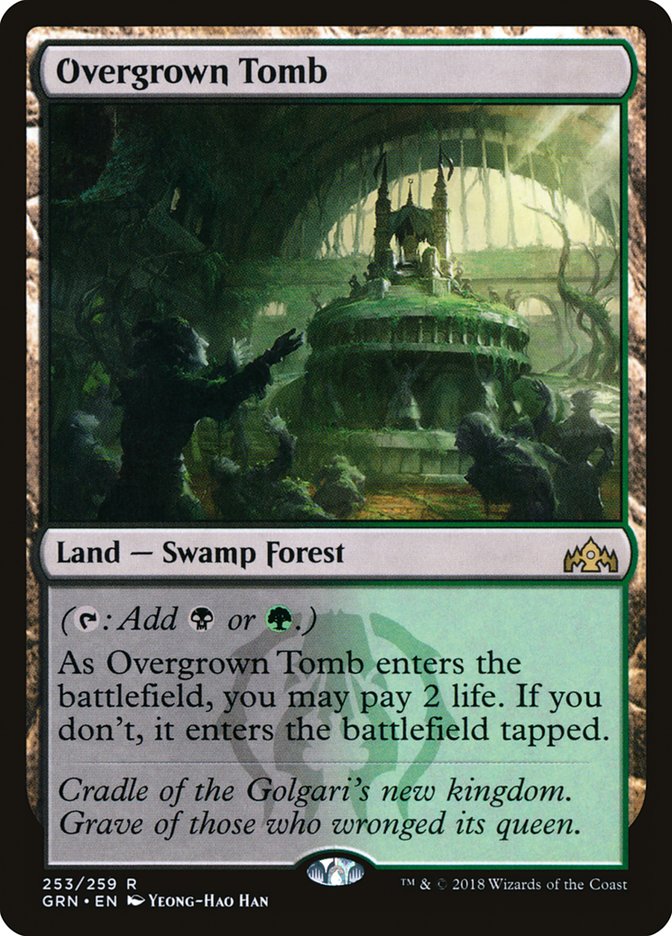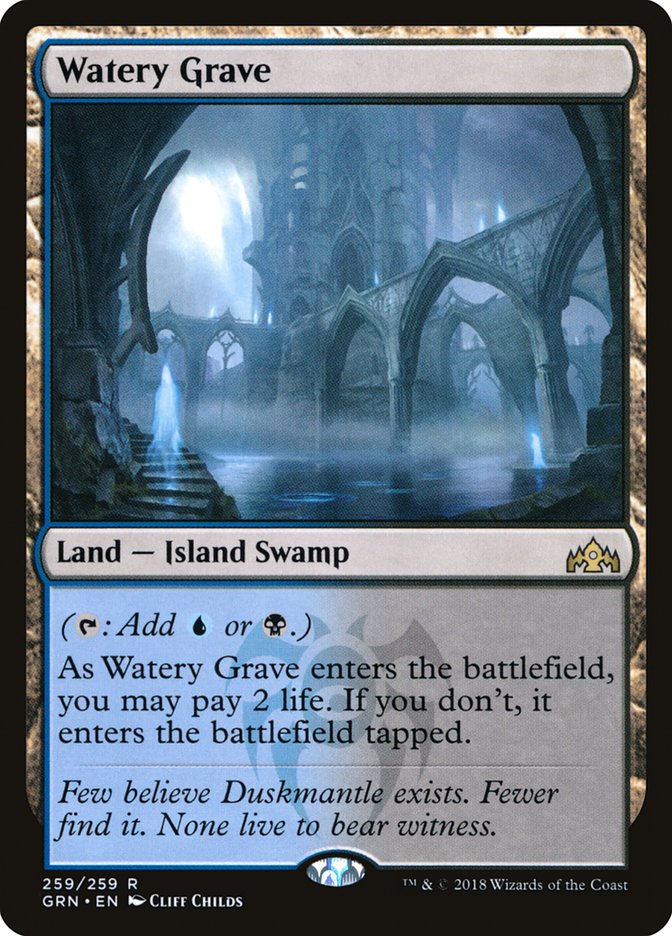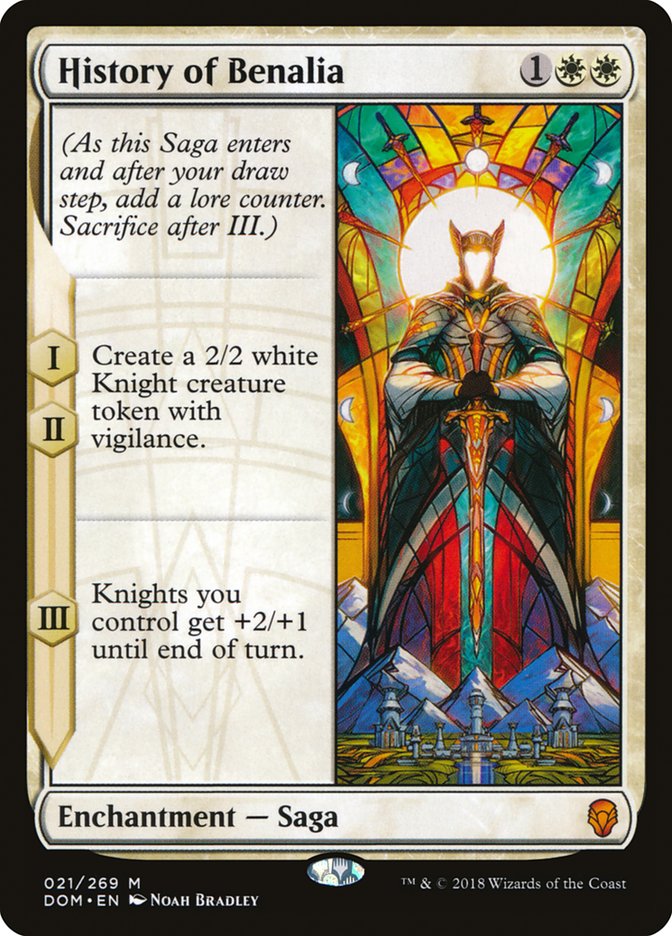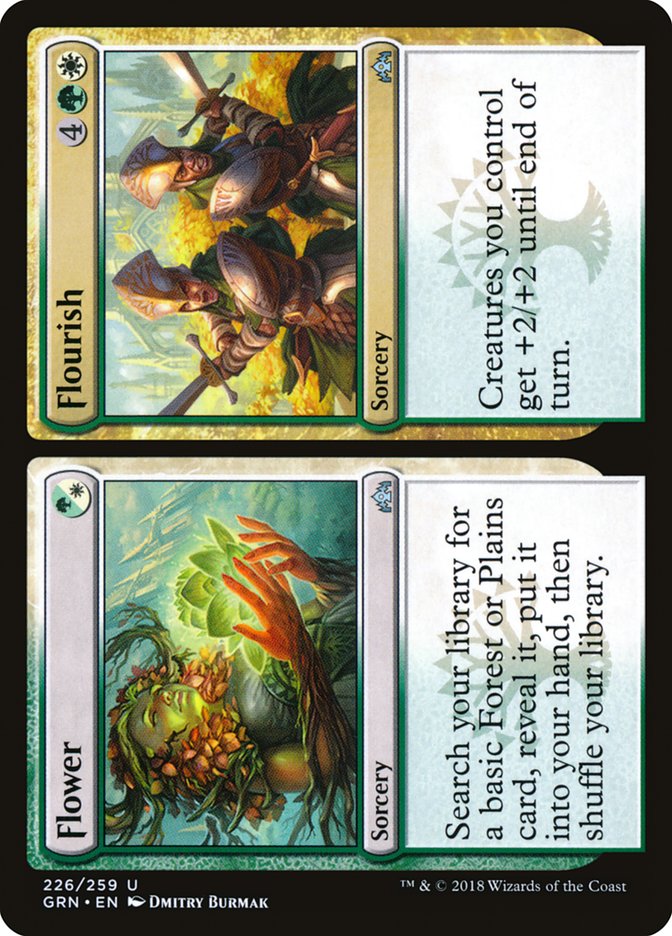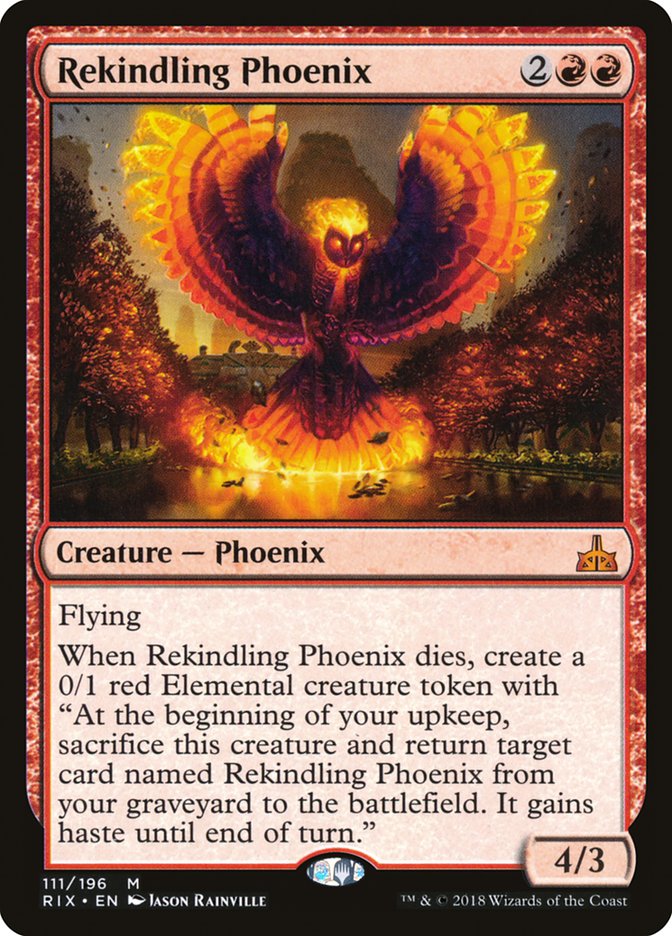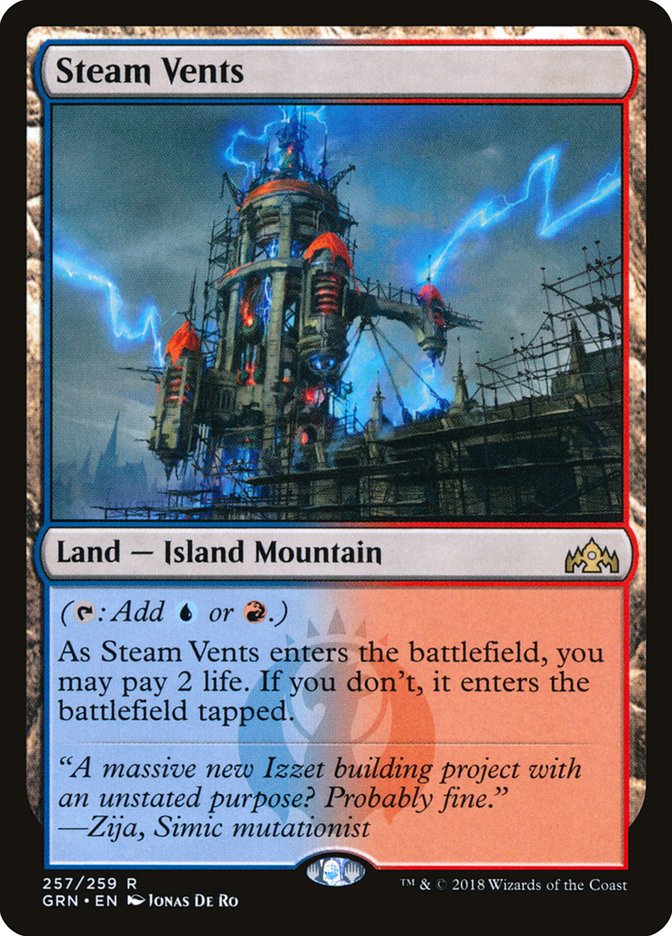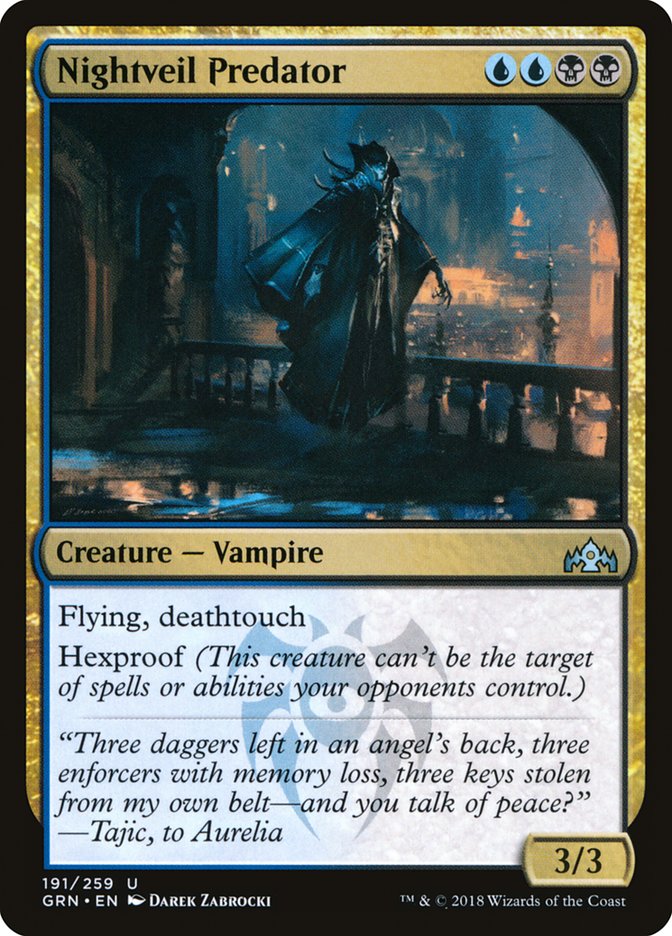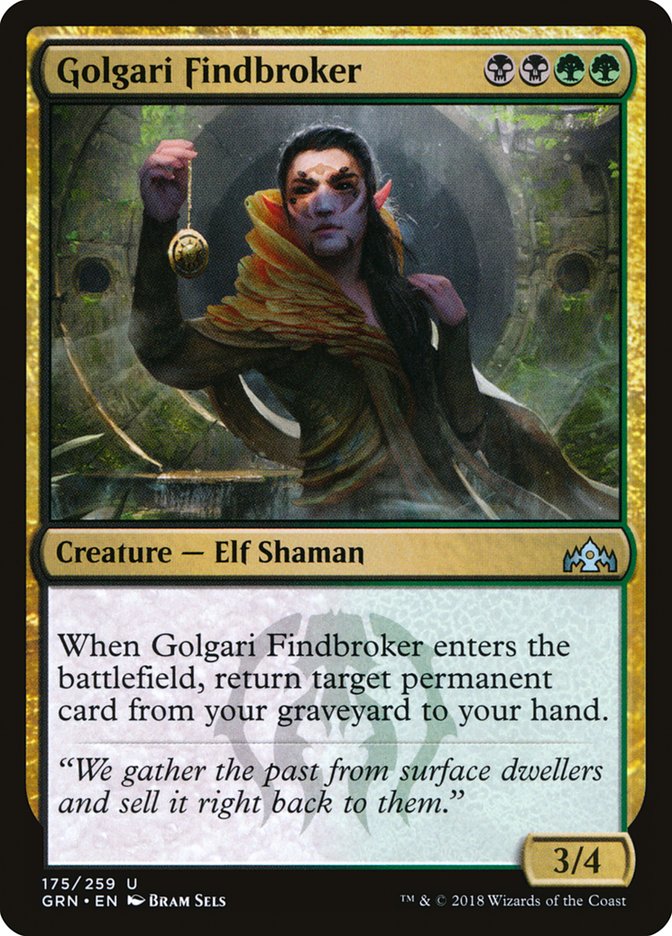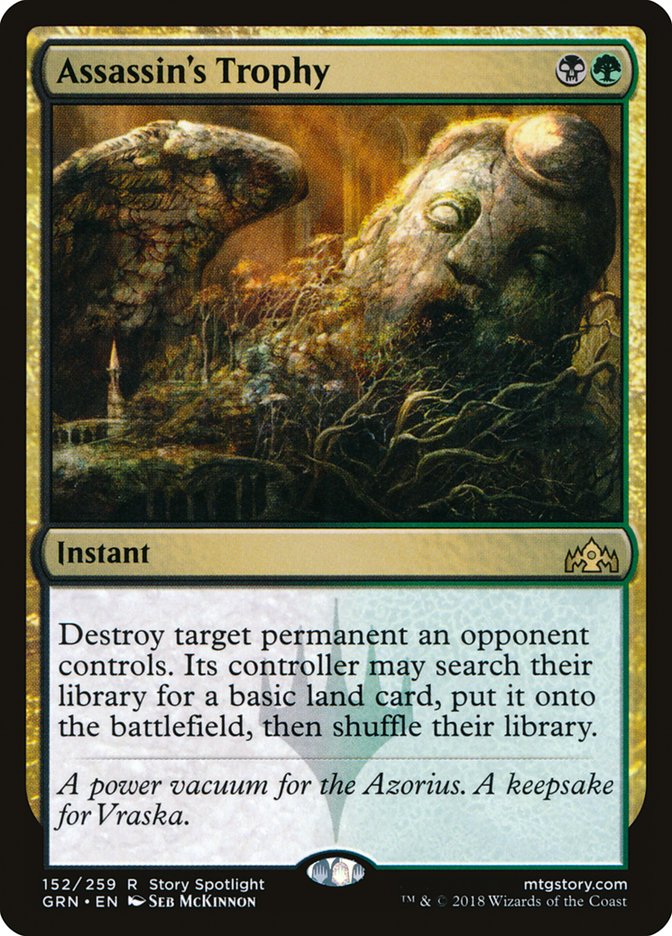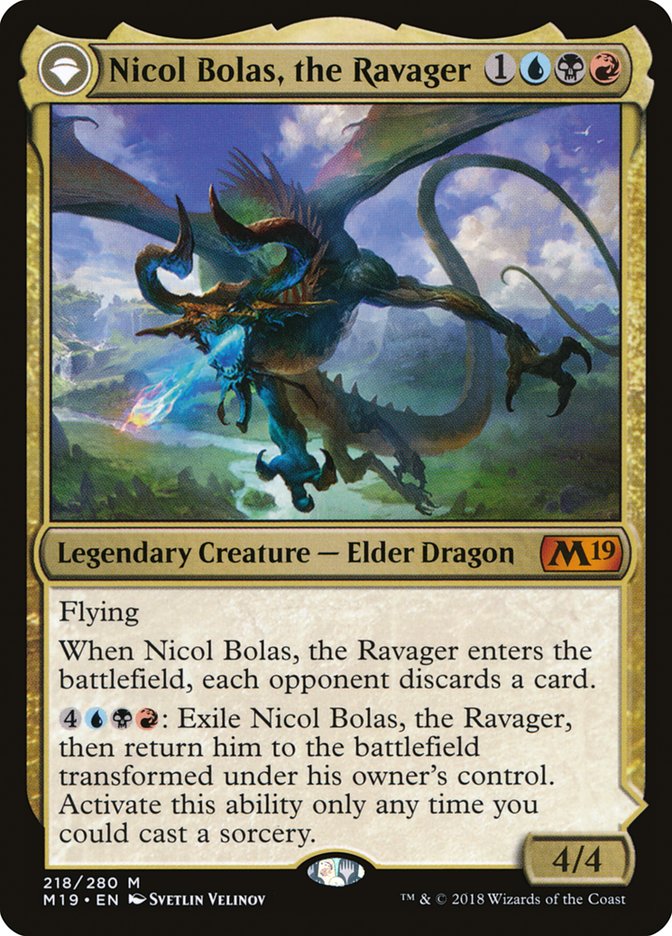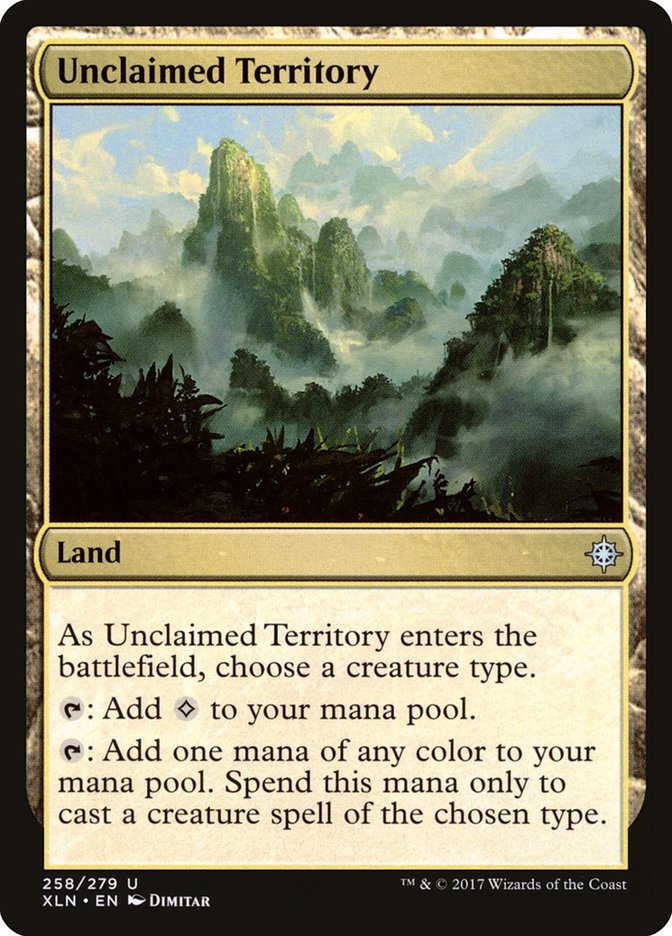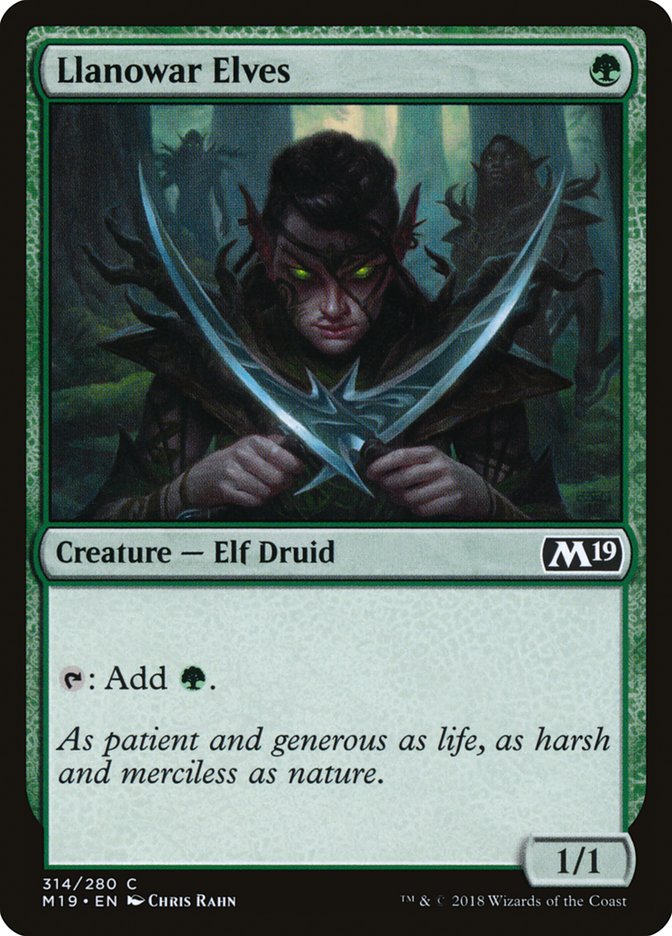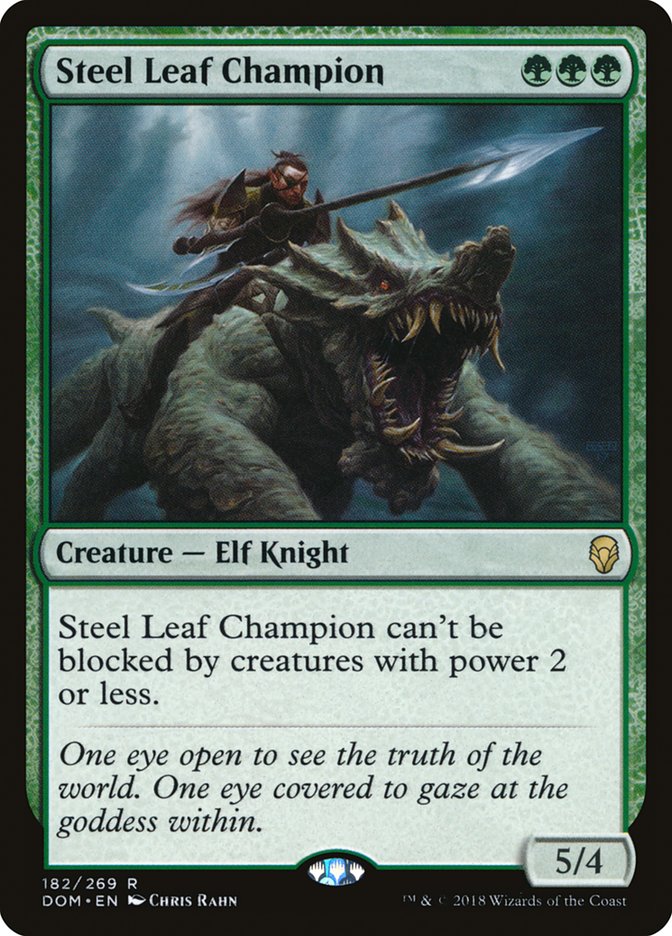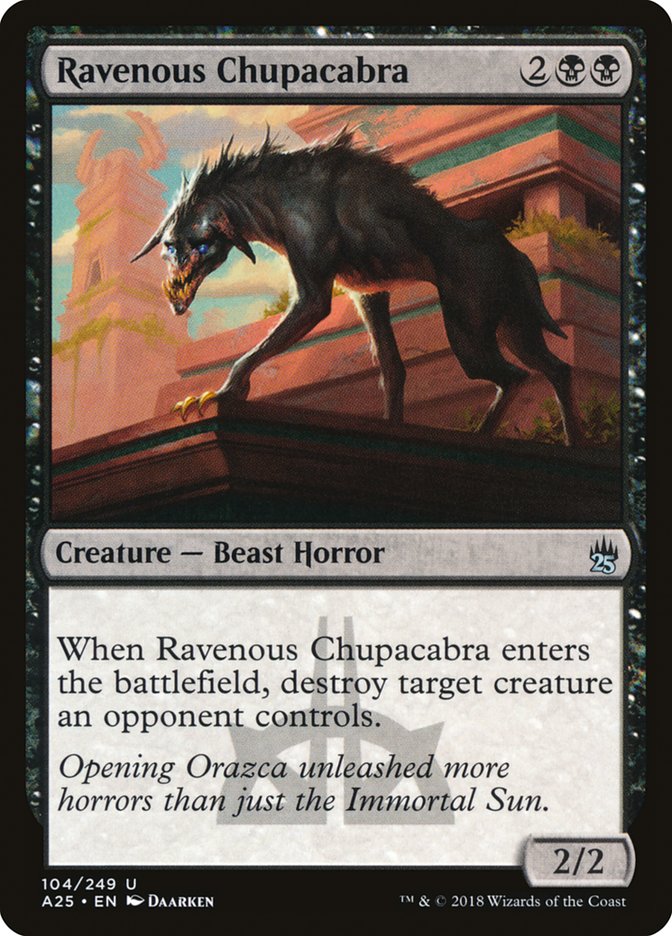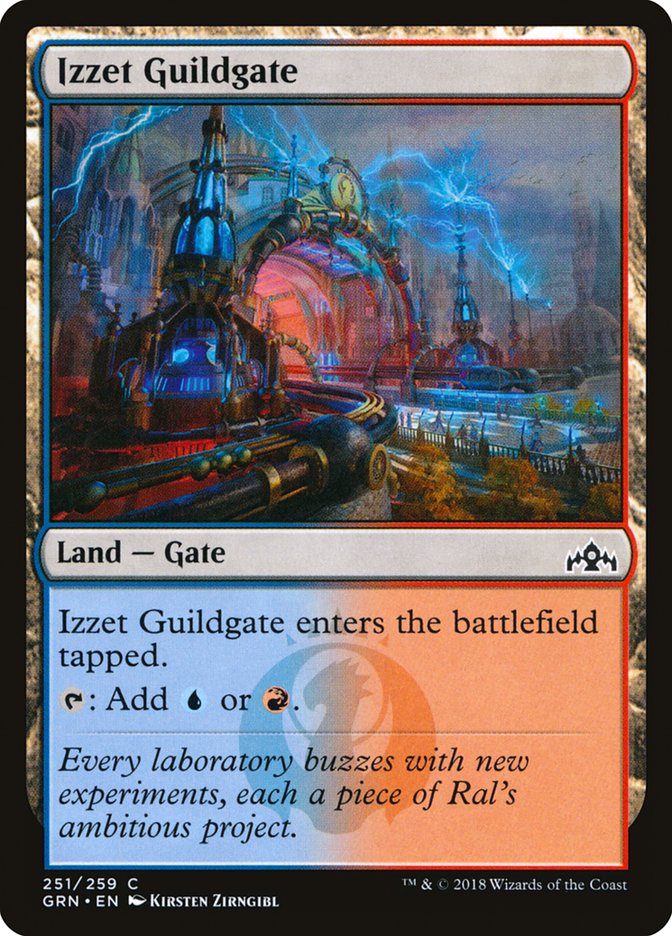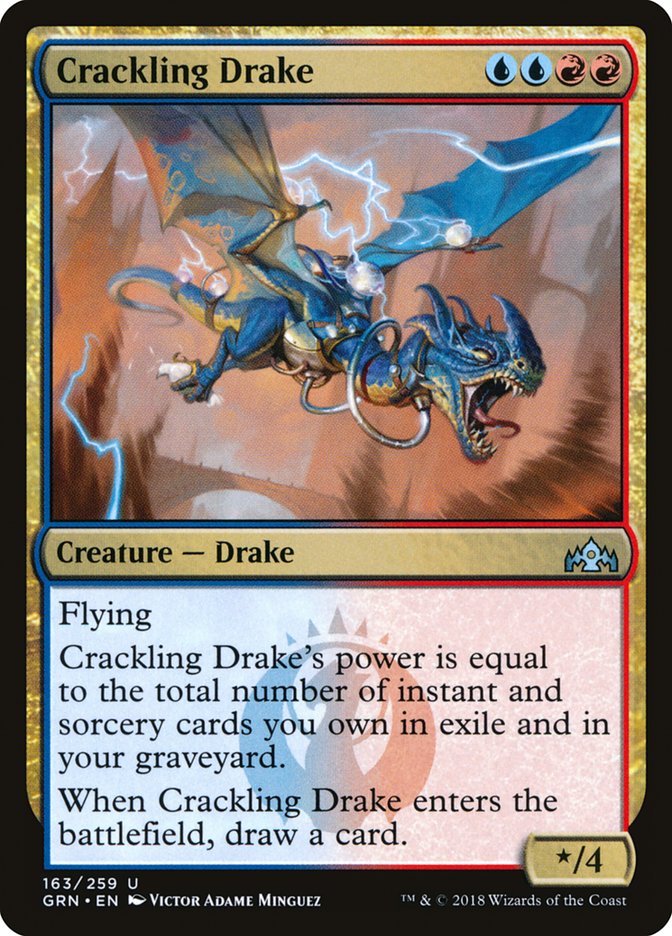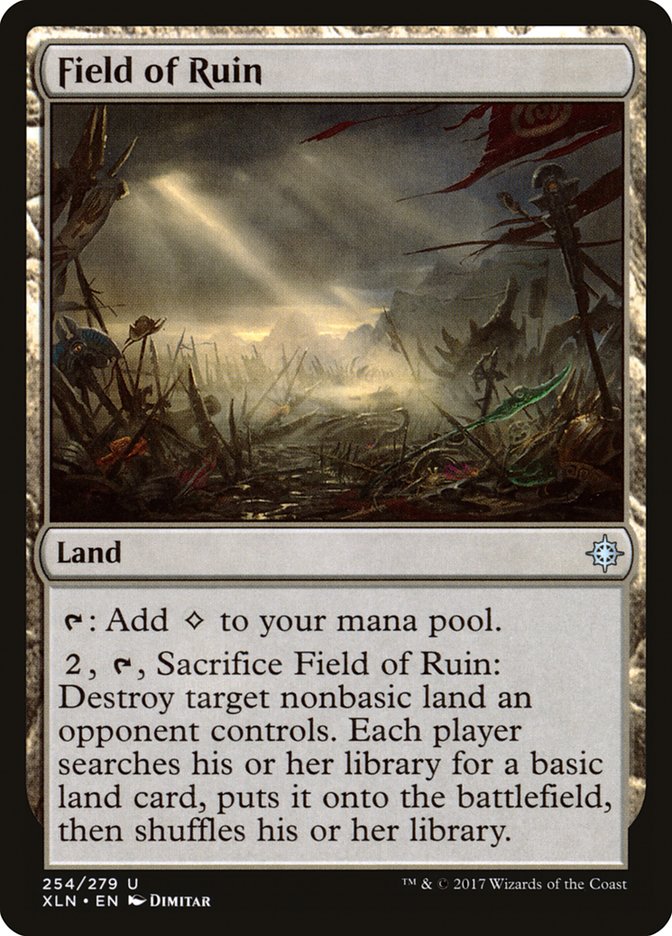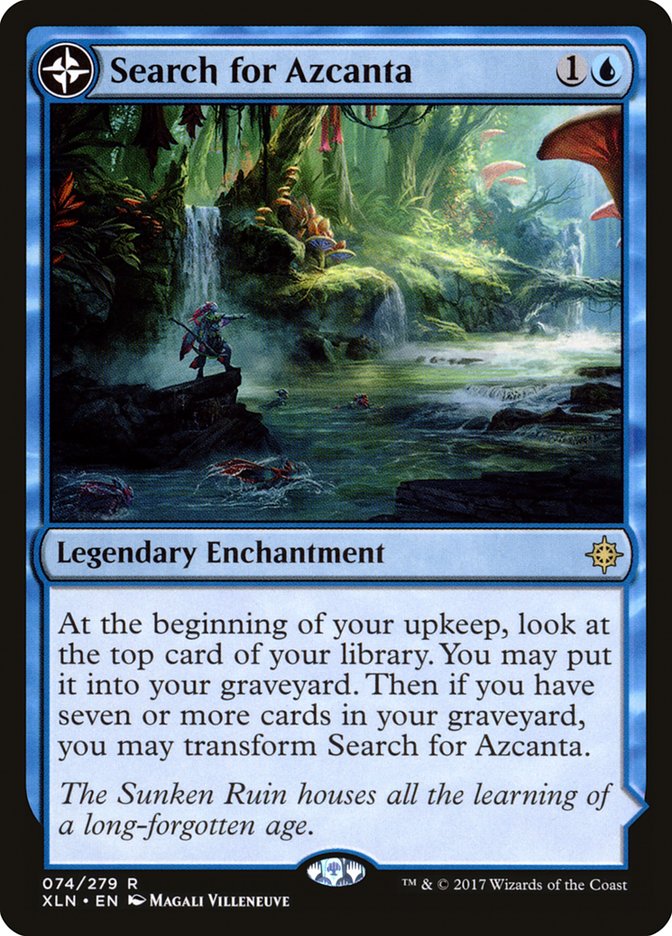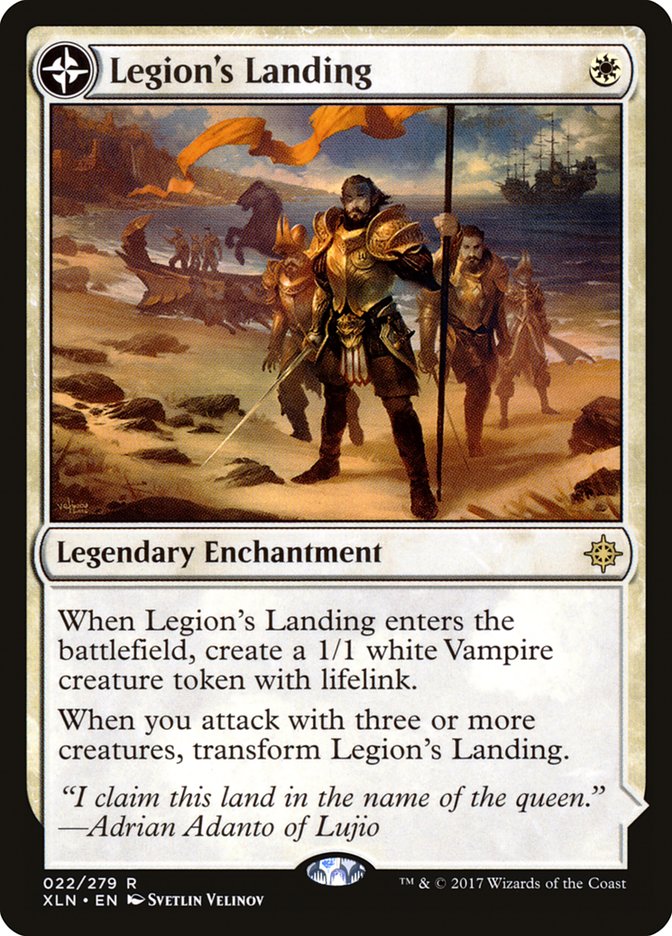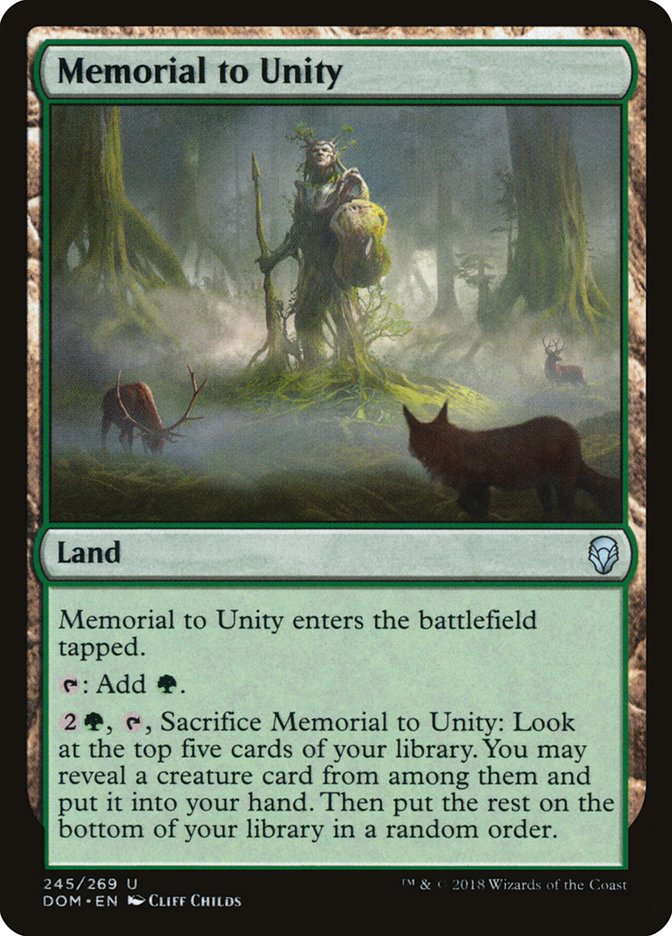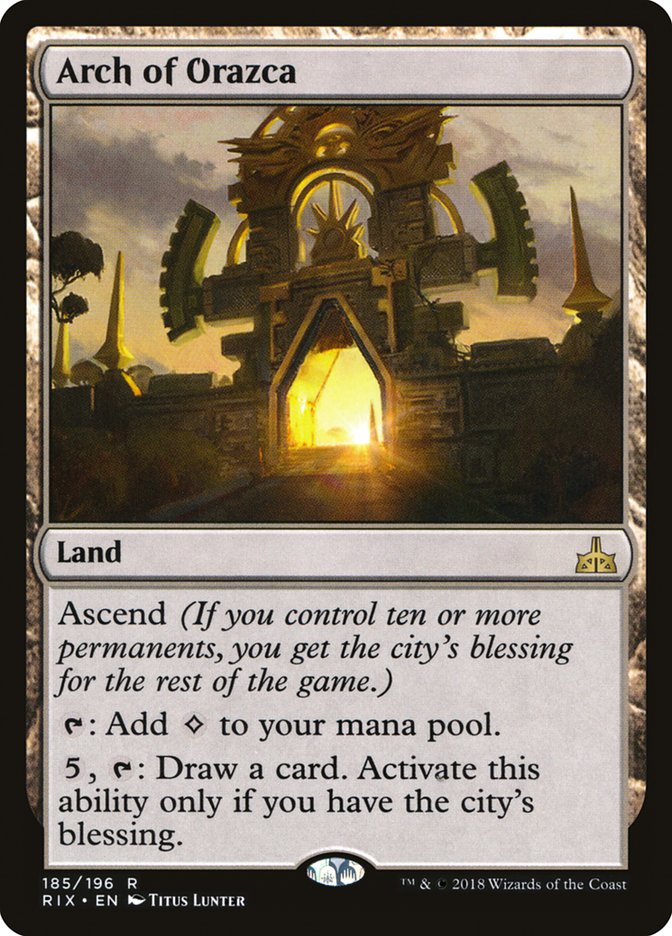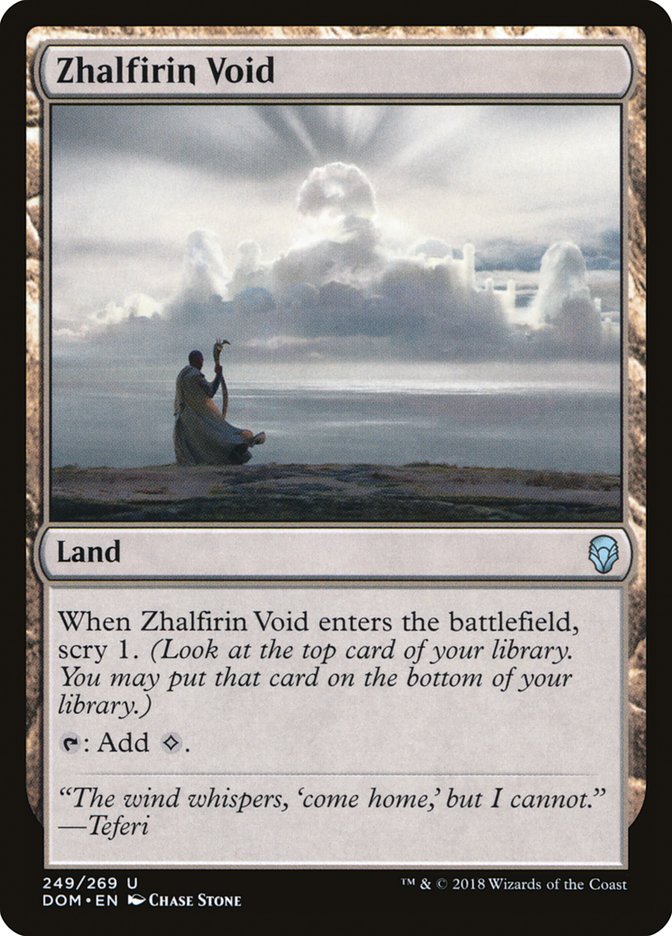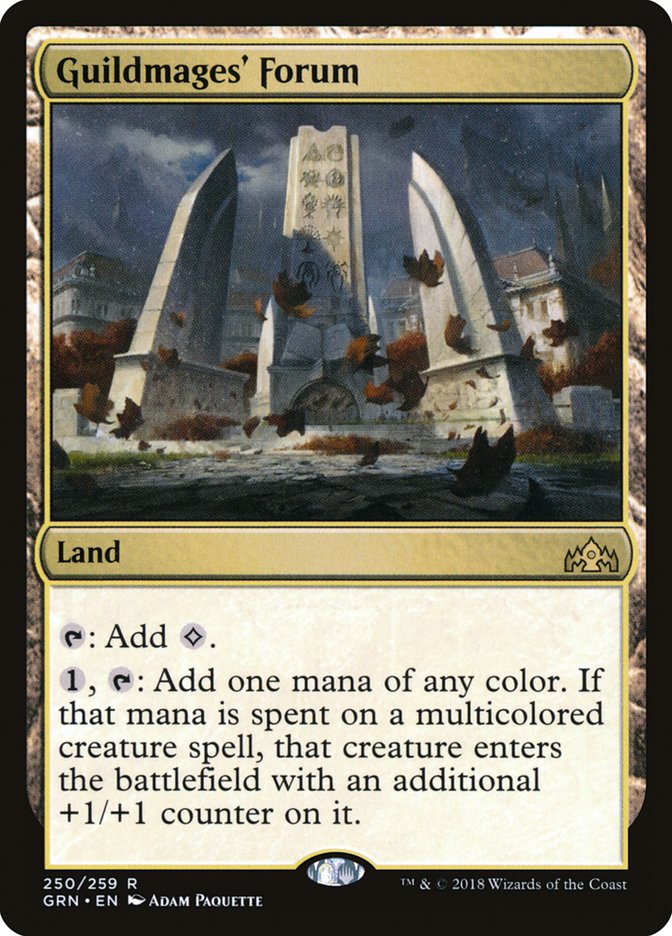Guilds of Ravnica
is going to make you cast multicolored cards.
There are definitive best ways to do this. Some mana configurations let you
cast spells on curve, some of them are enters the battlefield tapped
messes.
Land by land, this is how to build those and why they work.
Basic Lands
Still around casting your spells for 25 years.
Shocklands
Shocklands are the backbone that defines the color combos that are playable
without jumping through hoops. No deck that can play an on-guild shockland
isn’t playing all its copies.
Remember,
having only five shocklands creates core colors in decks.
A Jeskai deck has eight red shocklands, a Naya deck has eight white ones,
Abzan eight green ones, Sultai eight black ones, and Grixis eight blue
ones.
Checklands
Checklands are the more defining element of Standard manabases because
they’re constraining.
The two-color case is obvious. You play eight good duals. Three colors is
the fun one.
If you play twelve checklands with your overlapping shocklands, you end up
with twelve sources of your off-center colors and sixteen of your primary
color. There’s another five or six spots for basics on top of that to let
you smooth things out.
That easily hits single of each color, but what about double? I’m going to
borrow Frank Karsten’s numbers, where a 90% threshold was the cutoff. To
hit double of a color by turn 5 for Vraska’s Contempt, you need sixteen
sources. To hit it by turn 3, on time for a creature or Sinister Sabotage,
you need nineteen. If you account for surveil or card draw, you can
probably get away with fifteen for turn 5, but the 3 three case you won’t
have time to fix.
There are three things that fall out of this:
Your double color cards from your core color that you don’t need to cast
early are almost free rolls. A Sultai deck maxed out on duals and checks
but no basic Swamps, will cast Vraska’s Contempt fairly easy.
Your core color is the only one where it’s reasonable to build to hit a
card on curve unless you have a non-land fixer. History of Benalia in a
three-color deck is going to be almost exclusively Naya unless Abzan picks
up a set of Flower to help.
Casting double-color cards of both of your secondary colors on time is
hard. Grixis is going to have to decide between Rekindling Phoenix,
Vraska’s Contempt, sketchy mana, or 27 mana sources with Evolving Wilds. I
have a feeling the answer is Nicol Bolas, the Ravager and Vraska’s
Contempt.
There’s also untapped land math.
Looking back in time, checklands were played with ten to thirteen lands
that marked the type checkbox for them. I distinctly remember ten being
dicey for untapped lands, and I also remember Farseek being involved in
those Jund cases.
The math still isn’t optimal with twelve of the right land type, but it’s
workable. Jeskai decks from Return to Ravnica made do with worse,
and we have more cantrip tools like Opt and Discovery to help. That’s going
to be my minimum.
In those days, most decks played 26 lands to make this work. If you want
clean three-color mana with maxed out checklands, you only have five or six
basic lands to work with. You can hit the twelve requirement with an even
split of basics.
Let’s make some simple good stuff lists, starting with Grixis.
Creatures (6)
Planeswalkers (1)
Lands (26)
Spells (27)

The singletons here are variants of the same effect. There are a lot of
creatures in this format that die to any removal spell, so if you mix it up
you have coverage against the few that don’t.
This list is short on good answers to Nullhide Ferox, Carnage Tyrant, and
Vine Mare, but those answers are scarce in Grixis. You may need to adopt a
more controlling play pattern against Steel Leaf Champion decks where you
line up counters with Ferox and don’t cast Nicol Bolas until later on.
Nightveil Predator might be the card for some of that job, so let’s look at
the mana. I ran a simulation that “drew” lands one by one until it hit
double blue, double black. With this mana, you’re 70% to hit on your fourth
land, 90% on your fifth. That sounds good enough, so I’m giving a few
copies a swing in the sideboard to block 7/6 hexproof Dinosaurs.
I’ll get to that one Field of Ruin later. Yes I counted it as a dual land.
This is a lands article and it deserves its own section.
I tried the History of Benalia/Flower deck and it just doesn’t come out
right.
The problem is that there aren’t green cards you really want to play, or
maybe that to be a midrange mana pile you want the black cards instead. You
have sixteen green sources to cast Vraska, Relic Seeker. Maybe you want
Thrashing Brontodon, but that’s all I could find that goes well with
History of Benalia. You end up needing a bunch of white for turn 3 History
of Benalia and can’t hit the double black for Vraska’s Contempt, so you’re
mono-white splash Assassin’s Trophy. Abzan in this style might just have to
wait for Godless Shrine in Ravnica Allegiance.
I also learned that you can’t cast Flower to find Plains for History of
Benalia and then cast Golgari Findbroker. Raw math is a good tool, but you
still must draw hands and play games.
What else happens with checklands?
One of the main reasons mana is so much better in three-color trios that
span two guilds is that you get eight shocklands. Each shockland in your
deck automatically enables all your checklands. You have twice as many
perfect draw enablers.
In the off-guild trios, your mana default has ten basics, twelve
checklands, and only four shocklands. You’re leaning hard on Evolving Wilds
to hit your twelve checks minimum. I would consider this doable but costly.
Creatures (1)
Planeswalkers (4)
Lands (27)
Spells (28)

Here’s the part where we laugh at Shaheen
, just like the time he hid under a bed in Japan.
There are nine checks for Isolated Chapel and Glacial Fortress. How do you
ever have untapped mana when you don’t draw Watery Grave? Don’t tell me
Field of Ruin is the answer, because you need that double blue on turn 3 to
counter a spell on time.
If you cut an Island and Swamp for two Evolving Wilds, I think that might
make your mana smoother, but I’m not actually sure. You still have a tapped
land, so it helps only in games where you draw multiple checklands it
enables.
The mana might be bad, but Shaheen seems fired up to Esper some more so
I can’t stop him.
What about more colors?
Again, I’m going to borrow someone’s list and do math.
I was impressed that Liam from The GAM Cast Discord managed to make 50
different and interesting decks
with this Sultai Teferi being one of them. I took the liberty of fiddling
with his all four-of spells a bit, but the mana is his and the key to what
is going on.
Yoman5 also deserves a shout out, but I can only read so many lists in
so little time.
Creatures (1)
Planeswalkers (4)
Lands (26)
Spells (29)

There are twelve duals, then twelve checklands, then we realize we
technically need some basics for Assassin’s Trophy. Isolated Chapel has
thirteen checks. Hinterland Harbor has thirteen checks. Drowned Catacomb
has ten checks. That’s shockingly good.
And there’s actually an awesome lesson here. When you build a four-color
deck, your best checklands are the ones that don’t intersect with a
shockland and therefore, check off all twelve of the shocklands you are
playing.
What about colored sources? You have eight white, seventeen black, twelve
blue, and thirteen green.
Imagine you were loading up on Woodland Cemetery instead of Drowned
Catacomb for fifteen green, ten blue. While that’s obviously a bad idea due
to Teferi, we can take this to mean that four-color mana ends up working
out for a guild with double costed spells plus a double splash, or a trio
with a splash instead of the double secondary color.
I think it’s a lot easier to double splash for the best cards in the format
than people have assumed so far. I think I need a couple weeks to digest
exactly what those are, but the best cards that stood up to Kaladesh are miles ahead of the rest of the format.
And they don’t all cost triple green
.
Unclaimed Territory
Unclaimed Territory is the easiest other land to justify, but it requires
justification.
You still need to play the other lands I mentioned, and there’s a
reasonable cost to every land you add to your deck that doesn’t have a
basic land type. If you chew into your basic count with other non-basics
you must really consider de-emphasizing two of your colors and trimming
that checkland. This was how Bant Hexproof made the mana work in Return to Ravnica.
Back to Unclaimed Territory, it has two good modes.
There’s the Modern Humans mode, where a bunch of early drops across colors
share a type and you get to free roll an untapped full on fixer. This lets
you generate fairly evenly split manabases as long as you don’t care about
spells with big color requirements. Admiral Becket Brass is not friends
with Sinister Sabotage.
Then there’s the Return to Ravnica Cavern of Souls standard mode,
where your creature types are conveniently split and Unclaimed Territory
acts as untapped Evolving Wilds for them. The key here is having a clean
definition on how you plan on calling types by game phase.
Midrange decks used this to name Humans early for Avacyn’s Pilgrim or
Huntmaster of the Fells and Angel late for Angel of Serenity. Aggro named
Zombie for Gravecrawler or Geralf’s Messenger, then Dragon for Thundermaw
Hellkite.
A good example is Golgari Aggro. Early you have a clean call on Elf for
Llanowar Elves and Steel Leaf Champion, but once you’re getting to four
mana, Beast for Ravenous Chupacabra is a clean fix. A similar fix could
apply now with Goblin early for Goblin Chainwhirler and Angel later for
Lyra Dawnbringer.
Creatures (25)
- 4 Wily Goblin
- 4 Rekindling Phoenix
- 4 Goblin Chainwhirler
- 3 Lyra Dawnbringer
- 4 Dismissive Pyromancer
- 2 Legion Warboss
- 2 Aurelia, Exemplar of Justice
- 2 Tajic, Legion's Edge
Lands (25)
Spells (10)

Just have a clear point where your demands switch. You can often delay
making the decision until you see more cards and lands, but if turn 5 rolls
around and you need both the second white for Lyra Dawnbringer and the
second black for Izoni, Thousand-Eyed, it will suck to make a choice and it
sucks even worse when that choice inevitably ends up wrong.
Also, don’t expect this to fix multiple demands early or you will run into
the classic Evolving Wilds scenario where you need a second white for
History of Benalia and green for Jadelight Ranger, but it only gets one. In
this case you need different white mana for Knight of Autumn and Militia
Bugler.
Guildgates
You see a Guildgate in this Boros deck. I started on more, but they were
bad. The dumb part is I knew why this would happen, and that’s what I’m
going to tell you about.
First of all, if you just need normal split mana, Guildgates aren’t great.
Splitting your basics eight and eight with eight duals is good enough to
cast double color spells of both colors. You need an early reason to lean
harder and go for Guildgates, then a late reason to want excess of the
other color and not Evolving Wilds for a basic. In this format that is
usually Goblin Chainwhirler plus a splash, but the Boros deck uses
Unclaimed Territory for that. The other option is History of Benalia, but
Flower
is the real Selsnya Guildgate because it “has basic land types”.
Creatures (16)
- 2 Snubhorn Sentry
- 3 Shanna, Sisay's Legacy
- 4 Emmara, Soul of the Accord
- 3 District Guide
- 4 Venerated Loxodon
Lands (22)
Spells (22)

Even if you want to optimize a tapped land, you need to be able to
underdrop in the early game. Not having one-drops is a start, but a lesson
we can steal from older decks is that having one drops, but not having
two-drops might be better.
The problem is white, red, and green in this format have so many one-drops
that really need you to follow up on curve on turn 2. It worked before
because Gravecrawler didn’t become terrible quickly, but Dauntless
Bodyguard and Fanatical Firebrand do. Or Llanowar Elves is stupid if you
play a tapped land after. I really messed up last week by playing any green
Guildgates.
It doesn’t apply to the Boros deck, but it’s hard to justify Guildgates in
three-color decks. They aren’t a basic type for checklands, and with just
basics you can usually make the numbers count.
I was originally going to say the Guildgates were important pieces of
playing the double-double cycle of creatures, but the Nightveil Predator
math I did earlier makes me unsure. Unless your creature is Truefire
Captain or Conclave Cavalier you can wait a turn, and I doubt those are
better cards than Nullhide Ferox and Aurelia, Exemplar of Justice.
Overall, I think I’m back to my initial advice.
Friends don’t let friends play Guildgates.
Field of Ruin
There isn’t a reason to discuss Field of Ruin without discussing it as a
virtual spell, which makes it unique this week. You play Field of Ruin to
kill Adanto, the First Fort and Azcanta, the Sunken Ruin.
But half the decks I’ve talked about can just play Assassin’s Trophy for
the same purpose.
You’re playing Field of Ruin mainly in non-Golgari decks like Jeskai or
Dimir, or as a fifth Assassin’s Trophy for those cards that can be recurred
with Golgari Findbroker.
Going back to the Grixis deck with it, I was counting Field of Ruin as
fixing for Vraska’s Contempt and Nightveil Predator, but not for Sinister
Sabotage. It’s slow fixing. I wouldn’t want to assume Field of Ruin
provides me colored mana by turn 4, but it’s easy enough to activate it and
cast a two-mana spell to have the basic replacement ready for turn 5.
Value Lands
The Memorials from Dominaria are all good spell-lands, but they
suffer in a format focused on basic land types. They have all the same
problems as Guildgates.
The other good value land is Arch of Orazca, which was extremely powerful
when it saw play last year. Again, no basic lands types.
If your three-color deck wants to play a 27th land, a Memorial or Arch of
Orazca sounds fine to me.
Creatures (26)
- 2 Deadeye Tracker
- 2 Ravenous Chupacabra
- 4 Stitcher's Supplier
- 3 Molderhulk
- 3 Midnight Reaper
- 4 Glowspore Shaman
- 4 Burglar Rat
- 4 Plaguecrafter
Lands (24)
Spells (10)

If your two-color deck wants some value from its lands, a couple Memorials
or Arch of Orazca sounds fine. You are going to be loaded on basic lands
for your checklands anyways. Golgari seems like the most likely place for
this.
Last week Gerry mentioned Golgari using
Memorial to Folly to loop Molderhulk last week, and Golgari Findbroker can
do the same dance.
Wait, what about Dimir and Memorial to Genius? Well, do you get more value
out of the third color instead? As much as I bashed Esper, if you get to
cast Teferi, Hero of Dominaria it probably beats people harder than turning
a bonus land into two cards a game.
To play the Standard-legal value lands you need to be a deck that wants to
play a lot of lands, but not a deck that gains more value by playing a
third color. At the end of the day I expect one or two decks to want these
lands, but they won’t be format staples.
Colorless Garbage Lands
Okay, so, hear me out. This land isn’t a basic. It also doesn’t make a
colored mana.
Yes, I’m aware the only reason to cut down on color is triple-costed turn 3
plays, but listen, you get a great deal. In exchange you get a third of a
card of value out of it!
Wait, where are you going? Come back…
Please don’t come back. Zhalfrin Void is a trash pile that convinces people
to play a terrible land. It took cards that would legitimately solo a game
like Gavony Township or Kessig Wolf Run to get people to play colorless
lands last shockland format.
Okay, so, hear me out. It isn’t a basic, and it doesn’t make colored mana.
You have the privilege of paying extra mana for your creatures though!
Okay, maybe just some of them. And they get a little bigger and…
Wait, no, I was almost done this time!
Guildmages’ Forum is bad.
Good Mana
That all said, what is our final list of good manabases?
- 22 Mountains or Plains. Or Islands if Tempest Djinn is your thing.
-
Two color, relatively evenly split with no huge commitments to
either. Might include Memorials or Arch of Orazca, ideally doesn’t
play Guildgates but may want Field of Ruin. -
Base one color and one low end creature type, splashing second
color high end creatures using Unclaimed Territory. -
Three colors covering two guilds, with two of the three colors used
for double color cost and one being solid but lighter commitments.
Maxed on checklands and shocklands. -
Three colors over two guilds, with two lighter commitments but a
heavy early commitment to the color both guilds share. -
Four colors, core of one guild splashing each of its color’s other
guild. You can cast double color commitment spells of your main
guild, but you have few cards in your other two colors. -
Four colors, core of three colors splashing another. You can only
play double colored costs of one color but have solid commitments
to two more. For all four-color decks, the checklands that don’t
match your duals are the best.
If you choose anything outside of this set, you’re looking at tapped mana
and awkward draws. Maybe the power of Teferi, Hero of Dominaria is enough
to make Meandering River worth it, but that’s up to you to prove.


